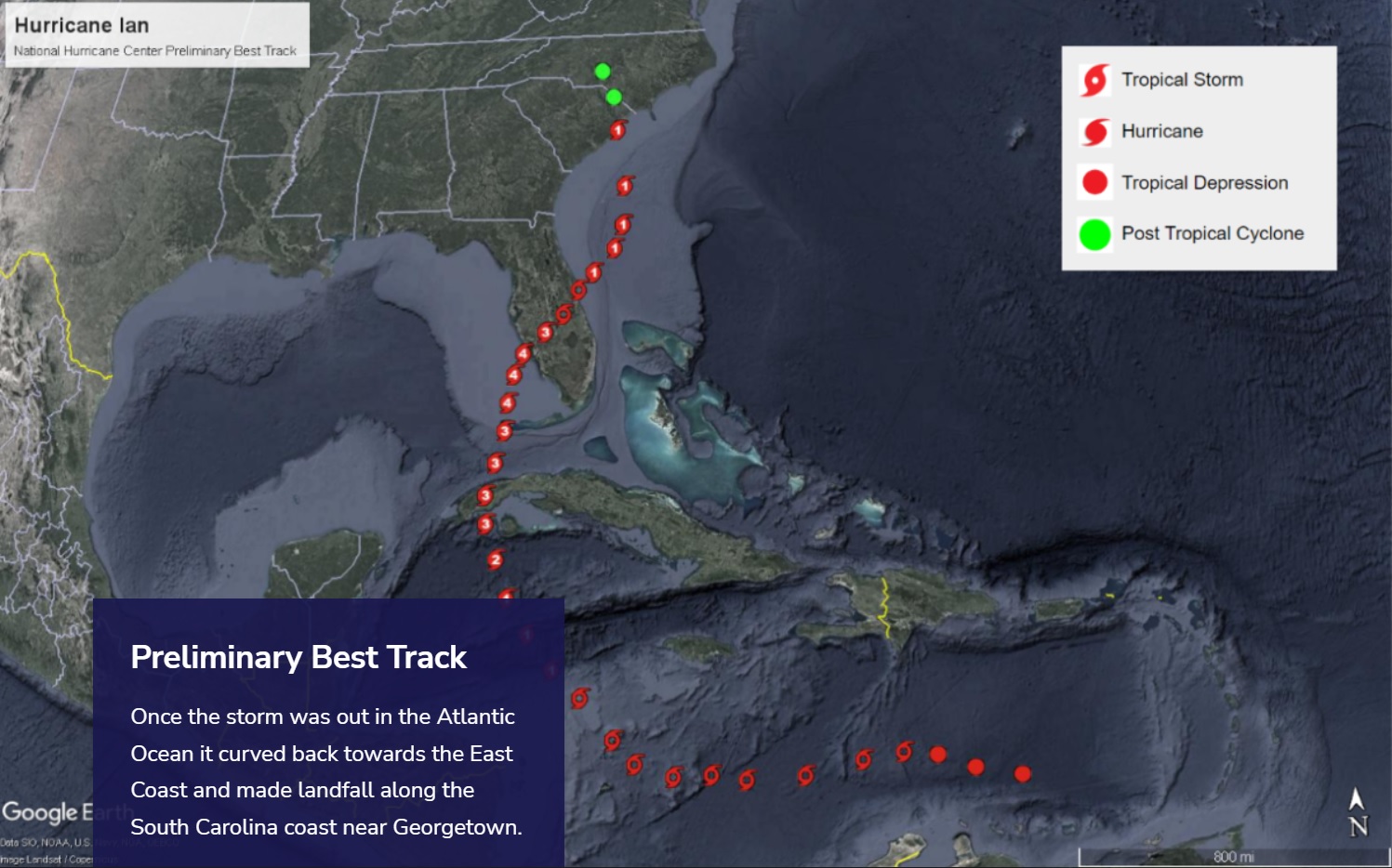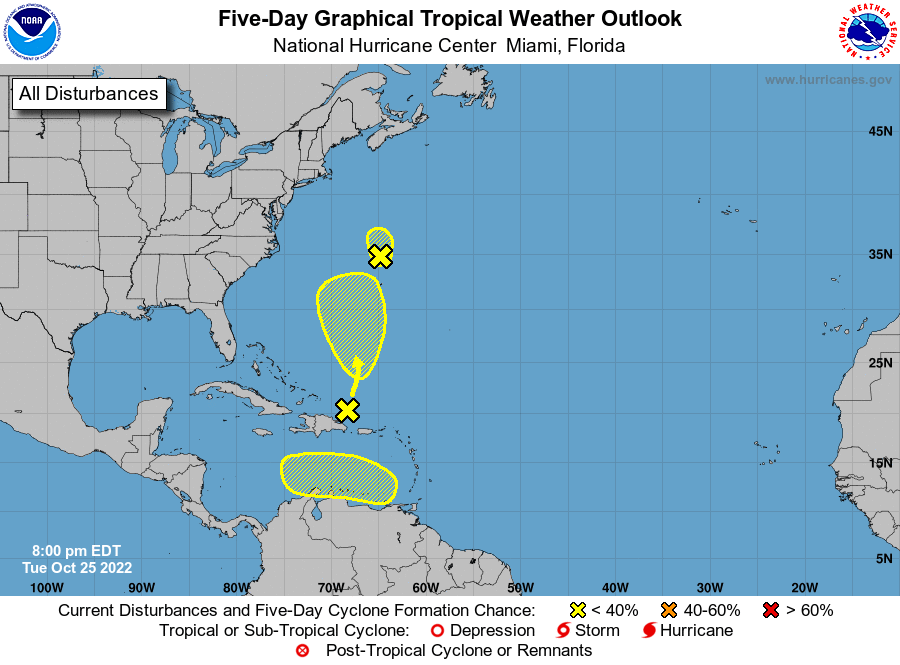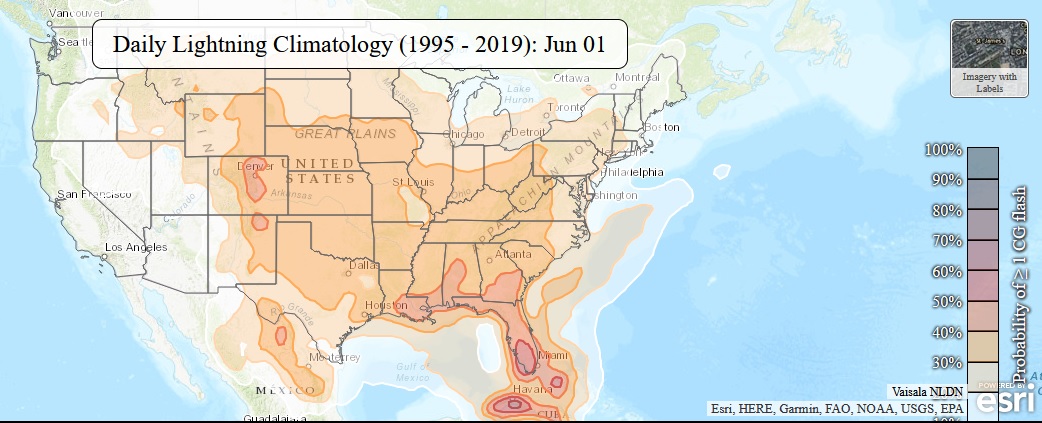-

The latest 7-day QPF map shows that only light to moderate rain is expected across the region this week. The heaviest rain will fall in southwest Alabama and the far western Florida panhandle, and the driest area will be in the Florida peninsula where no rain is expected to fall. Most of the rain will…
-

The latest Drought Monitor, released today, shows that dry conditions and/or drought expanded in all states in the region, and the area of severe (D2) drought expanded quite a bit, with several new locations identified. The heaviest rainfall in the next week will be over the weekend and mostly centered in Alabama, so the western…
Posted in: Drought -

You’ve heard a lot about the impacts of Hurricane Ian on southwest Florida, including the storm surge, loss of life, and inland flooding. But you may not have heard as much about what happened when Hurricane Ian made landfall in South Carolina later in the week. The National Weather Service office in Charleston has rectified…
-

Even though the tropics have been quiet since Hurricane Ian developed and followed its path through Florida and the Carolinas, there is still some sign of life in the Atlantic Basin. Today there are three areas with a low probability of developing into a named storm. The area off the East Coast is designated as…
Posted in: Tropical weather -

Drought across many parts of the world is causing problems for farmers that are either harvesting their summer crops or planting winter ones. In Europe, a drought combined with several heat waves devastated maize production there, causing shortages that may be a 15-year low for the crop, according to Reuters. The droughts there and in…
-

Here is an interesting map display from NOAA’s Storm Prediction Center that shows the daily distribution of lightning stokes across the United States. It is very interesting to see how the area of most lightning strikes moves around over the course of the year. You can view it at https://www.spc.noaa.gov/climo/dataviewer/?mode=climo&category=ltg&product=ltgday.
-

A recent scientific study of droughts by Colorado University scientists has shown that typical hydrological droughts have not changed their rates of intensification over time, the intensification of fast-onset droughts (often called flash droughts) is accelerating and they are developing and getting worse more quickly than any time in the last 70 years of the…